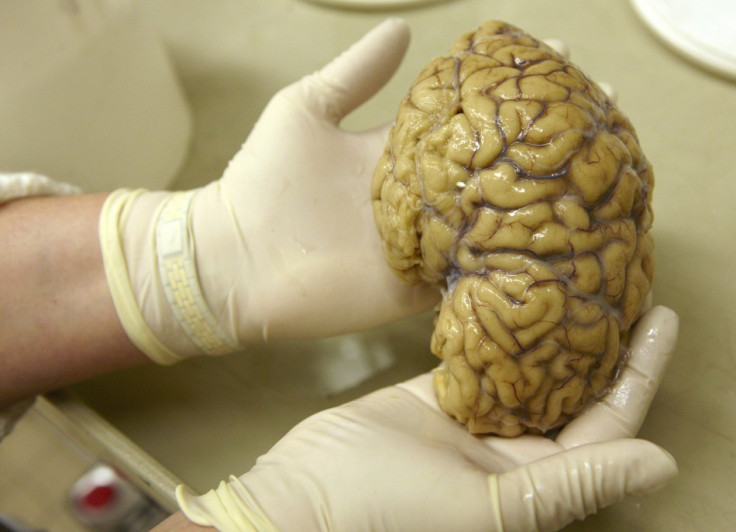Japanese Scientists can 'Read' Dreams with Brain Scans

Scientists from Japan in a latest study claim that with the help of brain scans, they can 'read' people's dreams.
The researchers said on 5 April that with the help of Magnetic Resonance Imaging (MRI) scans, they can unveil the secrets of the unconscious mind.
According to the researchers at the ATR Computational Neuroscience Laboratories, in Kyoto, the technique is "the world's first decoding" of night-time visions, a subject that has baffled humanity for centuries.
For their study, the researchers used MRI scans to find out the parts of brain that are activated when a person starts dreaming in sleep.
Followed by that, in a process that was repeated 200 times, the subjects were woken up by the researchers and asked to describe the images they had seen.
Later, the researchers built a database of a comparison of the information provided by the participants with the brain maps produced by the MRI scanner.
Subsequently, the researchers found that they could progressively better predict the images that volunteers had seen. They found that they were up to 70% accurate in predicting specific items like words, books etc, they said.
"We have concluded that we successfully decoded some kinds of dreams with a distinctively high success rate," Yukiyasu Kamitani, a senior researcher at the laboratories and head of the study team said.
"Dreams have fascinated people since ancient times, but their function and meaning has remained closed," Kamitani told AFP. "I believe this result was a key step towards reading dreams more precisely."
Kamitani and his team are now working on predicting other aspects of dreams such as smells, colours and emotions people feel, so as to be able to construct the entire stories.
"We would like to introduce a more accurate method so that we can work on a way of visualising dreams," he said. However, Kamitani said that it is a long way to go before that would be possible.
He also added that specific decoding patterns are exclusive to each individual and that the database created by them cannot generelised for everyone.
Also, the scientists have only been able to explore images seen by people at a very superficial level of sleep. Images seen during deep sleep still remains a mystery, the report said.
"There are still a lot of things that are unknown," he added.
The experiment is a part of a government-led brain study programme aimed at applying the science to medical and welfare services, government officials said.
"Our expectations from the dream study are quite high," an official of the science and technology ministry's brain research promotion programme told Japan Today.
The government has already spent about 3.4 billion yen (£ 22692178 approx) on the dream and other neuroscience studies through which disabled people hopefully will be able to "move artificial limbs with their brain." This study may also be beneficial for other brain-related diseases like dementia, the official said.
"But we are looking carefully at the ethical aspects of the technology, which may allow a third person to look at somebody else's thoughts in the future," she said.
The study was published in the journal Science.
© Copyright IBTimes 2025. All rights reserved.





















